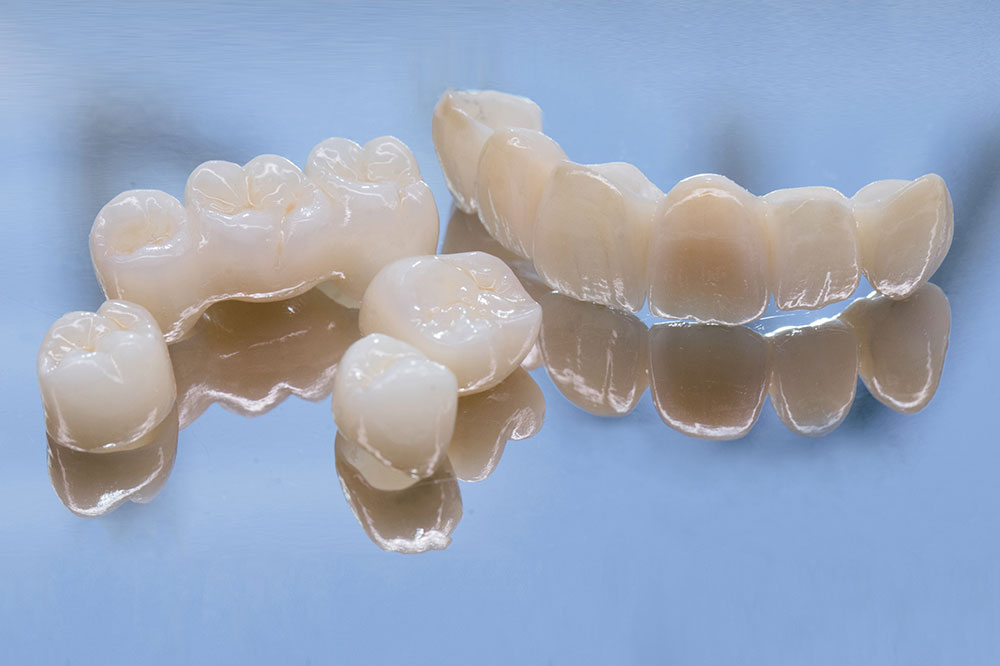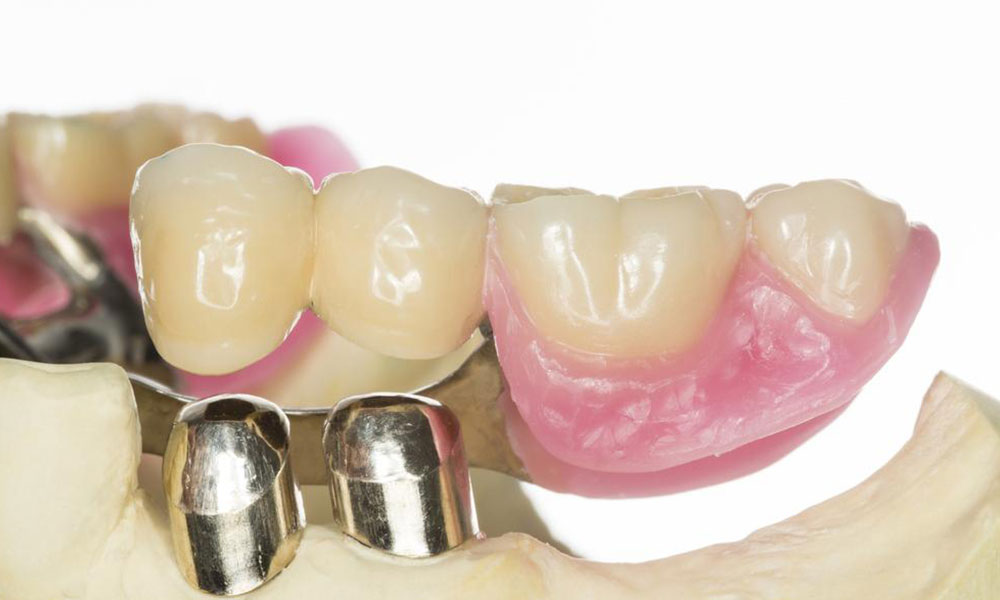Complete Guide to Dental Bridges and Their Benefits
Discover everything about dental bridges, including their types, costs, and procedures. Learn how dental bridging can restore your smile, improve oral function, and boost confidence. This comprehensive guide helps you understand the benefits and process of getting a dental bridge for a healthier dentition.

Complete Guide to Dental Bridges and Their Benefits
Maintaining a beautiful and healthy smile is crucial for confidence and oral health. When teeth are lost due to decay, injury, or health issues, dental restoration becomes essential. One effective solution is dental bridging, a procedure designed to fill gaps and restore functionality. This guide explores the types, costs, and process involved in dental bridging, helping you make informed decisions about your dental care.
What is a dental bridge?
A dental bridge is a replacement for one or more missing teeth. It involves creating a custom prosthesis that spans the gap in your mouth, restoring your smile's completeness. Dentists craft bridges to match your natural teeth in color and shape, ensuring seamless integration. The main components are pontics (artificial teeth) and abutments (supporting structures), which help anchor the bridge securely in your mouth.
Cost of dental bridging
The price of dental bridges varies based on location and complexity. Typically, traditional fixed bridges cost between $500 and $1,500, while bonded bridges are around $2,300. More extensive procedures, like cantilever bridges, can range from $2,000 to $5,000 depending on the number of missing teeth and materials used. It’s advisable to consult your dentist for an accurate estimate based on your needs.
Dental bridge procedure
The process begins with a thorough dental exam and consultation to determine candidacy. During the procedure, the dentist numbs the area, reshapes adjacent teeth, and takes impressions or scans to fabricate a custom bridge. A temporary prosthetic is placed to protect the prepared teeth. Once the permanent bridge is ready, the temporary is removed, and the fixed bridge is cemented in place, ensuring proper bite and fit. Final adjustments are made for comfort and functionality.
Types of dental bridges
There are primarily four types of dental bridges:
Cantilever Bridge: Used when only one side of the missing tooth has supporting teeth, with a crown on a single abutment. It’s less sturdy and mainly suited for front teeth.
Maryland Bridge: Features a resin or metal framework with wings bonded to the backs of neighboring teeth. Ideal for front teeth, as it’s less durable for chewing forces.
Implant-supported Bridge: Anchored to dental implants surgically placed into the jawbone. Suitable for multiple missing teeth and offers strong, natural support.
Traditional Bridge: Comprises crowns on both sides of the gap with pontics in between. The most common choice, especially when healthy supporting teeth are available.










